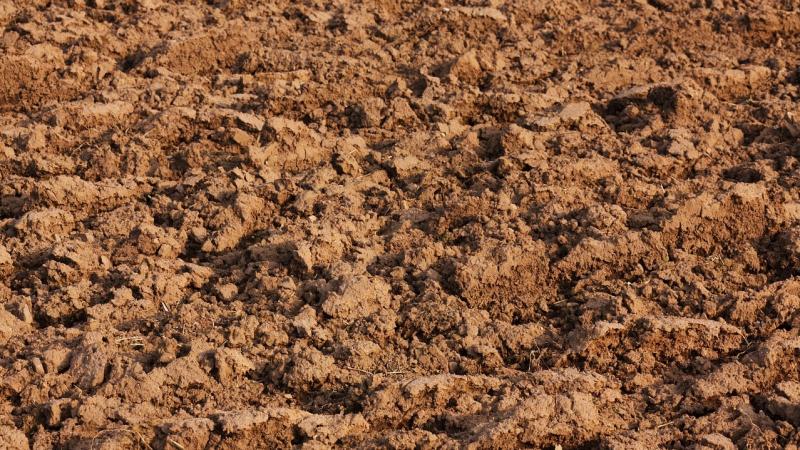
Microbes might be tiny, but they are mighty and are capable of living in places beyond our imagination—like a thousand metres deep down below our feet! In a recent study, researchers from the Indian Institute of Technology Kharagpur and the Borehole Geophysics Research Laboratory, Karad, have found evidence of microbial life in the rock samples of the Koyna-Warna region of western India. These rocks are not the ones we see around, but were obtained from deep below by digging boreholes!
The Koyna-Warna region serves as a laboratory for studying and understanding earthquakes as it is prone to seismic activities. Hence, the Ministry of Earth Sciences (MoES) has initiated a programme for geological and earthquake-related studies in this region by digging deep boreholes. These boreholes penetrate deep inside the earth surface, in the range of 412-1251 metres, and pass through the 65 million-year-old lava flow called Deccan traps and a few hundred metres of the underlying granitic basement layer.
The researchers of the current study, published in the journal Scientific Reports, have collected rock core samples from three regions of such exploratory boreholes—the Deccan traps, the 2500-million-year-old granitic basement rock and the transition zone between the two layers. They used these samples for geochemical and microbial studies.
Exploring the ecosystems of such crustal systems deep under the Earth’s surface can help us answer fundamental questions on microbial life, say the researchers. It also helps understand “their mode of interaction and role in Earth’s biogeochemical processes, the origin of life on Earth and even on extra-planetary locations”, they say, talking about the importance of such studies.
For geochemical analysis, the researchers measured the elements present in the powdered rock. They isolated DNA from these rock samples and amplified the different genes to study the presence and diversity of microbes in these rocks. Their analysis revealed that these samples contain approximately a hundred thousand microbial cells per gram! Most of these were bacteria, and a few were archaea—known to survive in extreme environments.
What makes this discovery interesting is that surviving at such depths is not easy as these rocks have low porosity, moderate-to-high temperature and pressure, and low organic carbon. These conditions make it unfavourable for microbes to thrive. The researchers say that the origin of this microbial diversity in this hostile environment is a mystery.
“The only plausible explanation is the dispersion of cells through water movement in various fractures and faults developed due to tectonic perturbations”, say the researchers explaining how these microbes might have landed deep inside. The study further found out that these microbes formed interconnected networks to survive and used each others’ metabolites for survival as resources were scarce.
The study, funded by MoES, is the first report from this region to introduce the rich microbial diversity at such depths and opens new avenues for further research. “This first report on the geomicrobiology of the subsurface of Deccan traps provides an unprecedented opportunity to understand microbial composition and function in the terrestrial, igneous rock-hosted, deep biosphere”, conclude the authors.
Editor's note: The image for this article was changed. We regret this error.





